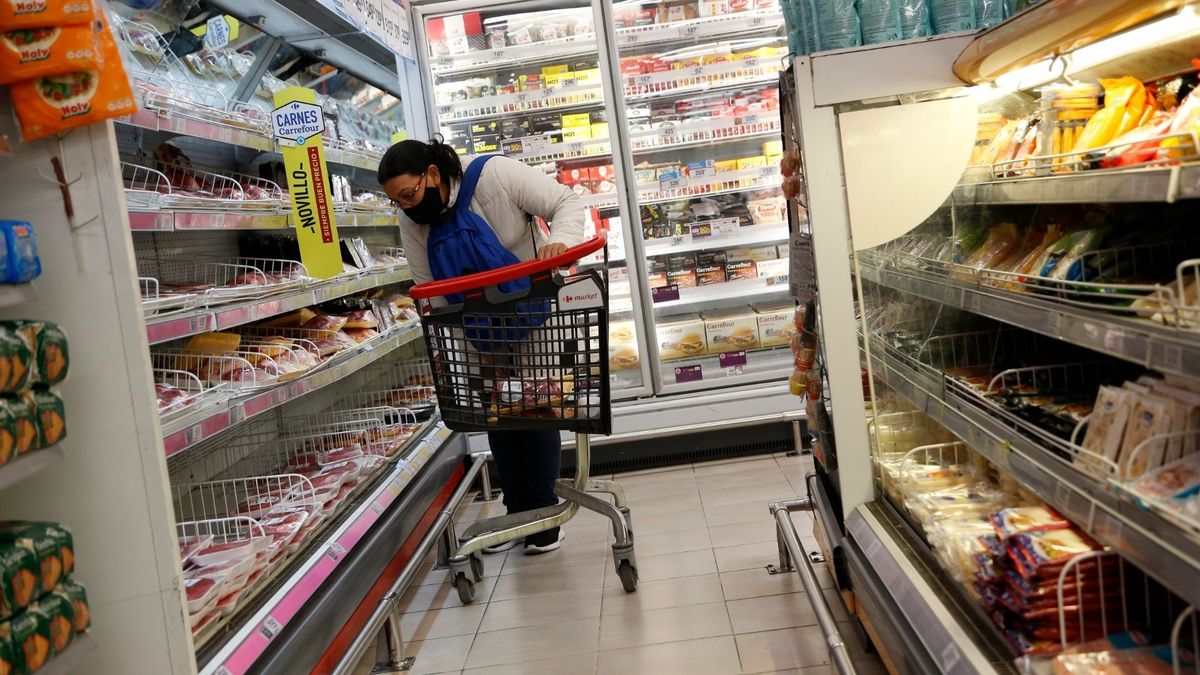In this way, the highest level since July 2011 was reached, mainly due to the “continued strength of world prices for vegetable oils and cereals”.
The increases are the result of a year where bad weather negatively impacted crops, and higher transportation costs and labor shortages affected the entire chain, from the fields to supermarkets.
To this was added the energy crisis, especially in Europe, and the closure of several fertilizer plants, which caused an increase in their values.
In the case of cereals, the price index increased by 3.2% monthly, highlighting a 5% rise in world wheat prices from a contraction in the international stock (especially in the highest quality), due to lower harvests in the main exporting countries.
It was the fourth consecutive month with increases for wheat with an increase of 38.3% in year-on-year terms.
The other cereals also registered increases: among them barley, driven by strong demand and the prospect of declining production.
In the same way, corn rebounded, due to price increases in energy markets, and rice, although their rises were limited by the seasonal increase in supplies and the attenuation of port problems in the United States in the first case, and the beginning of the harvest in Asian countries, in the second.
World cereal production is forecast to be 2,793 million tonnes this year, 1.7% more than in 2020 but 6.7 million less than estimated in the previous report, due to cuts in the US wheat forecast. , Iran and Turkey.
Vegetable oils, with the highest incidence in the general food index, recorded a monthly rise of 9.6% and set a record, as a result of the strengthening in the value of palm, soybean, sunflower and rapeseed oil, the FAO highlighted in a statement from its headquarters in Rome, Italy.
The first three benefited from the reactivation of world demand, in particular from India, and in the case of rapeseed the variation reflected the scarcity of supply.
Dairy products, in turn, increased 2.2% as a result of higher world demand (mainly to accumulate reserves) for butter and powdered milk.
On the other hand, cheese prices remained stable, since the supply of the producing countries was able to contain the demand for these products.
For their part, meat and sugar were the only foods to register negative variations with monthly decreases of 0.7% and 1.8% respectively.
Meat, in its third consecutive fall, declined due to the reduction in purchases from China in the case of pork, and a sharp drop in the prices of supplies from Brazil (due to concerns about the outbreaks of “beef loca “), in bovine.
Despite this, sheep and poultry meat rose driven by demand.
Finally, sugar fell due to low demand and the prospect of abundant stocks in India and Thailand, as well as the devaluation of the Brazilian real (producing country) against the dollar.
Source From: Ambito
David William is a talented author who has made a name for himself in the world of writing. He is a professional author who writes on a wide range of topics, from general interest to opinion news. David is currently working as a writer at 24 hours worlds where he brings his unique perspective and in-depth research to his articles, making them both informative and engaging.




